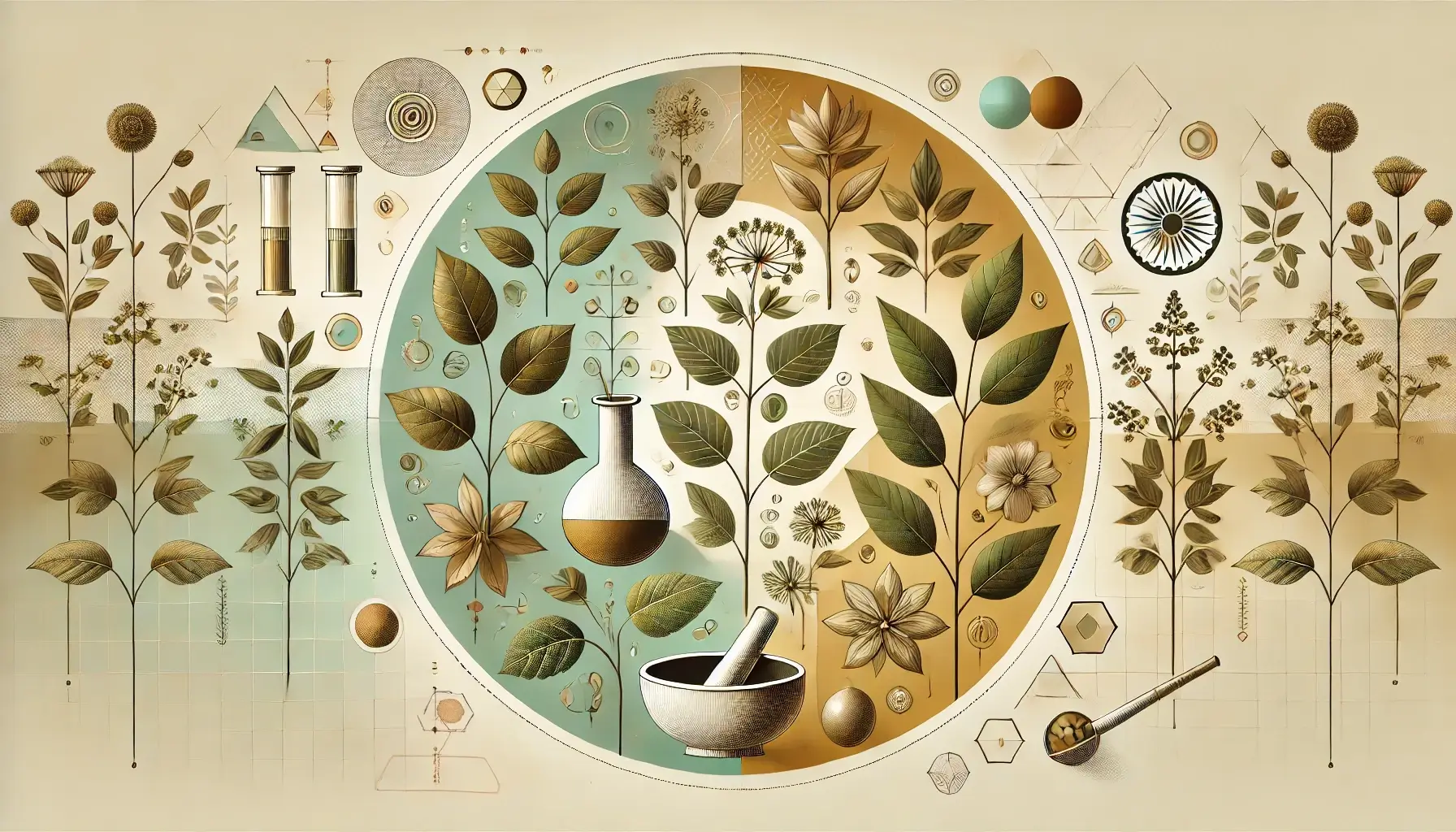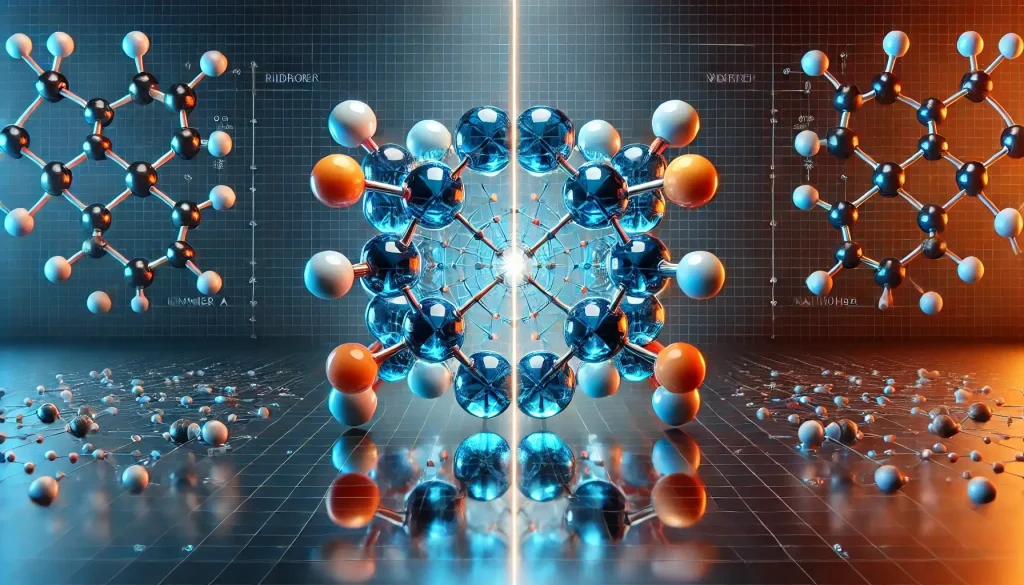Introduction to Pharmacology & Pharmacokinetics U-1 Notes
Buy Premium
Get The High-Quality Pdf Notes on App
Introduction to Pharmacology
- Introduction to Pharmacology
- Nature of Drugs
- Source of Drugs
- Essential Drugs Concept
- Routes of Drug Administration
- Agonists
- Antagonists
- Spare Receptors
- Addiction
- Tolerance
- Dependence
- Tachyphylaxis
- Idiosyncrasy
- Allergy (Drug Hypersensitivity)
Pharmacokinetics
- Membrane Transport of Drugs
- Absorption of Drugs
- Distribution of Drugs
- Metabolism (Biotransformation) of Drugs
- Enzyme Induction and Inhibition
- Excretion of Drugs
- Kinetics of Drug Elimination
Other Units of Pharmacology I
Pharmacology I
Other Subjects of B Pharmacy 4th Semester
Topic wise notes of:
Medicinal Chemistry I
- Fundamentals of Medicinal Chemistry
- Drugs Acting on the Adrenergic Nervous System
- Cholinergic neurotransmitters
- Drugs acting on Central Nervous System
- CNS Drugs: Anesthetics, Analgesics and Anti-Inflammatories
Topic wise notes of:
Physical Pharmaceutics II
- Colloidal dispersions
- Rheology & Deformation of solids
- Coarse dispersion
- Micromeretics
- Drug stability
Topic wise notes of:
Pharmacognosy & Phytochemistry I
- Pharmacognosy: Sources, Classification, and Quality Control
- Conservation and Cultivation of Medicinal Plants
- Plant tissue culture
- Role of Pharmacognosy and Secondary Metabolites
- Drugs of Natural Origin: Plant, Marine, and Primary Metabolites
General Pharmacology & Pharmacokinetics-Summary
Unit I introduces the foundational principles of general pharmacology, which is essential for understanding drug action and therapeutic application. It begins with the definition and scope of pharmacology, tracing its evolution through important historical landmarks. The unit outlines the nature and sources of drugs, highlighting both natural and synthetic origins, and introduces the essential drugs concept, focusing on the most necessary medications for public health.
Furthermore, various routes of drug administration are discussed, including oral, intravenous, intramuscular, and topical methods, emphasizing their advantages and limitations. The concepts of agonists and antagonists, including competitive and non-competitive antagonism, are explained to illustrate drug-receptor interactions. Additionally, the unit explores spare receptors and phenomena such as tolerance, dependence, addiction, tachyphylaxis, idiosyncrasy, and drug allergy, which influence individual responses to drugs.
The second part covers pharmacokinetics, detailing the processes of membrane transport, drug absorption, distribution, metabolism, and excretion. It explains how drugs are processed in the body and how these processes affect their onset, duration, and intensity of action. Concepts like enzyme induction, enzyme inhibition, and kinetics of drug elimination (zero and first order) are also covered, providing a comprehensive overview of how the body handles medications.
At FirstHope, we provide BPharm notes that are topic-wise, easy to understand, and designed strictly as per the AKTU and Other Universities, hence designed according to PCI syllabus.
Thank you for reading from Firsthope's notes, don't forget to check YouTube videos!




